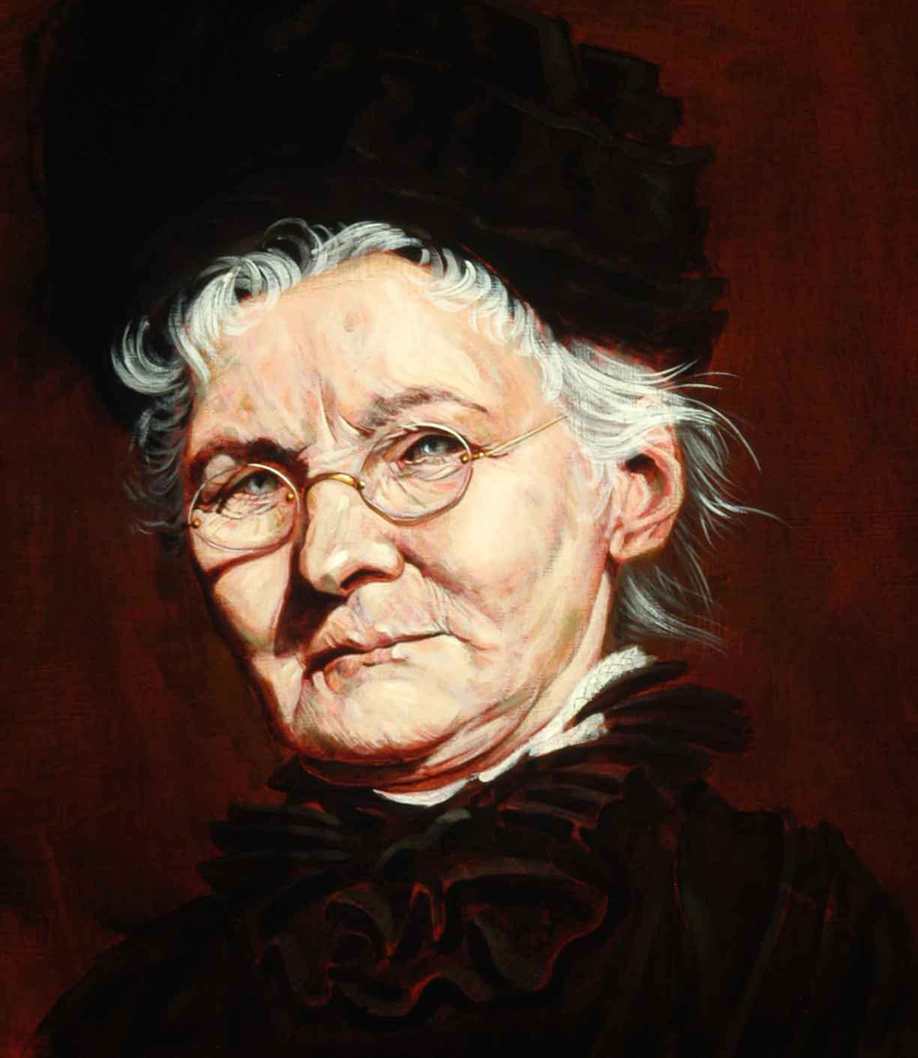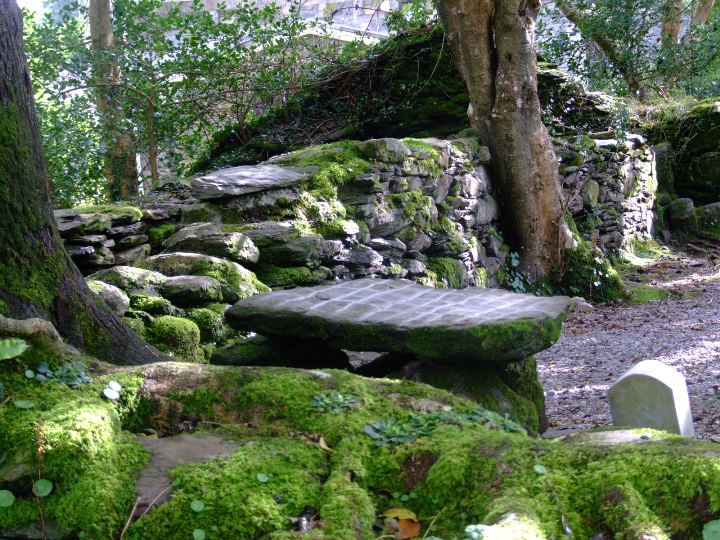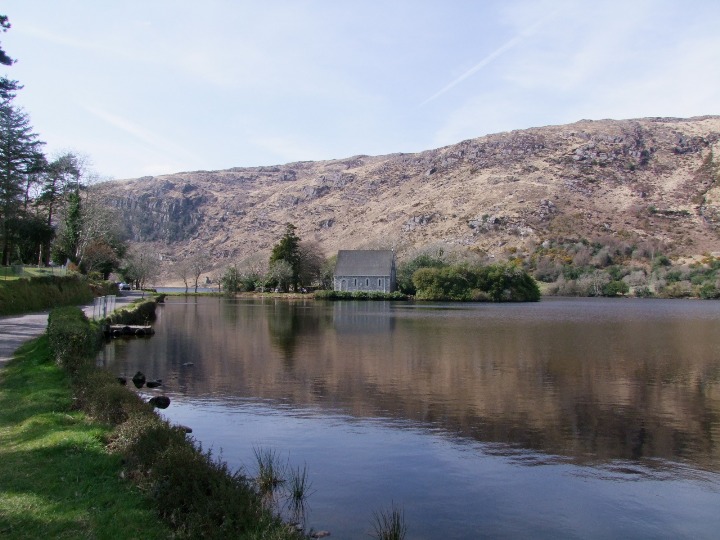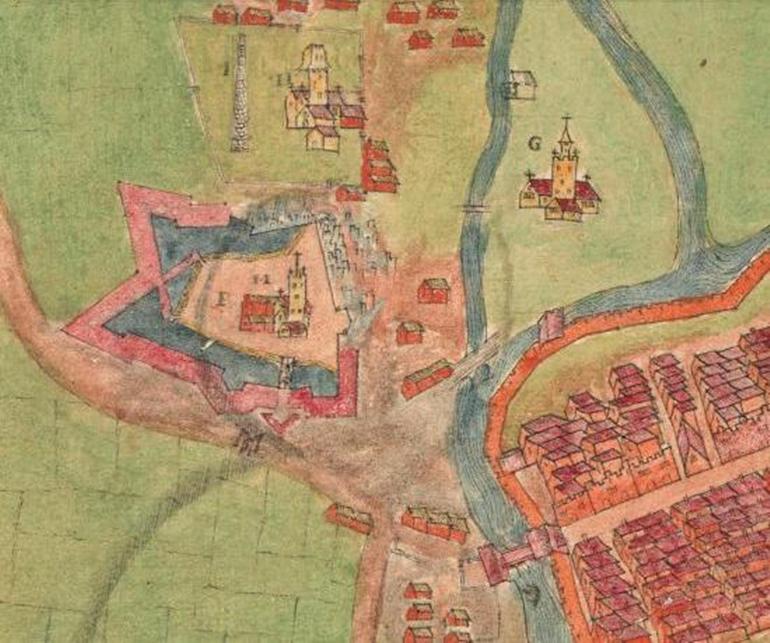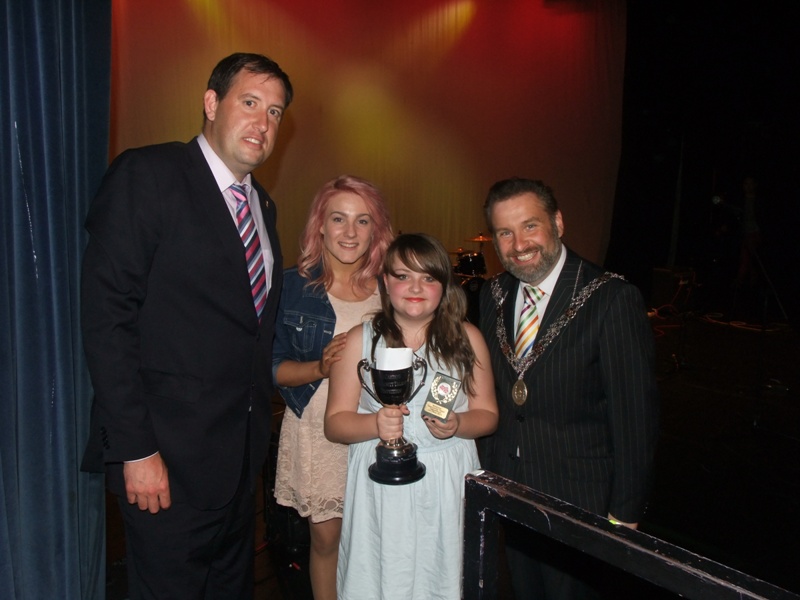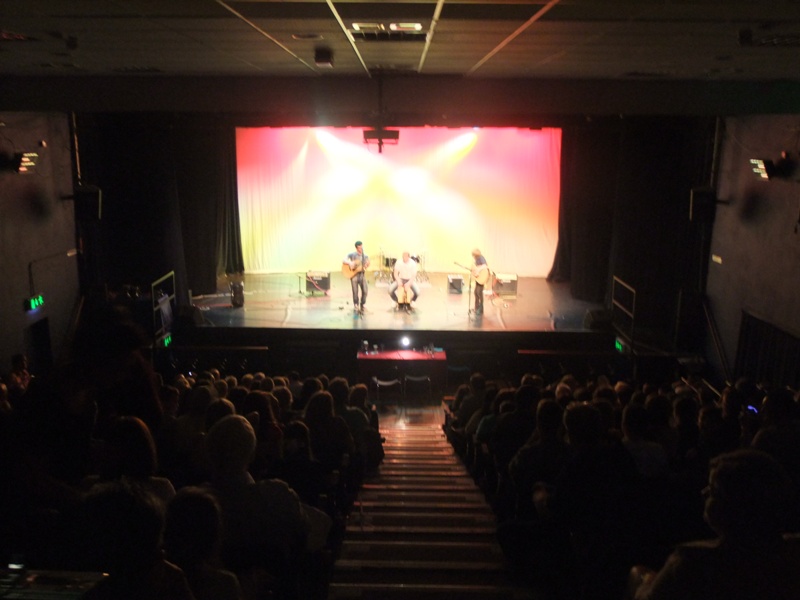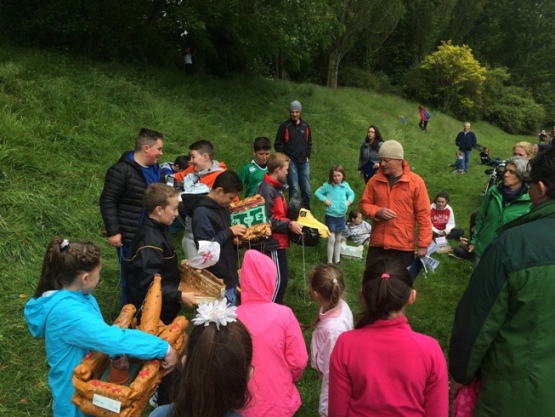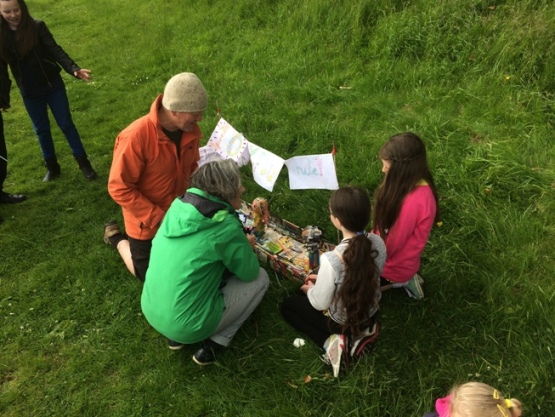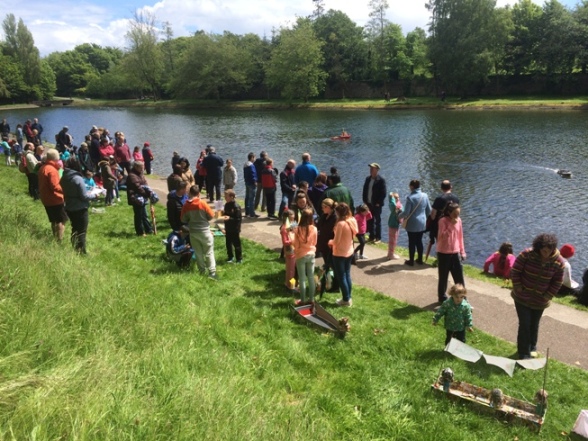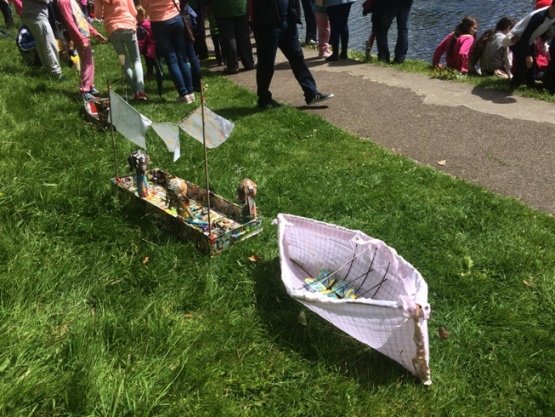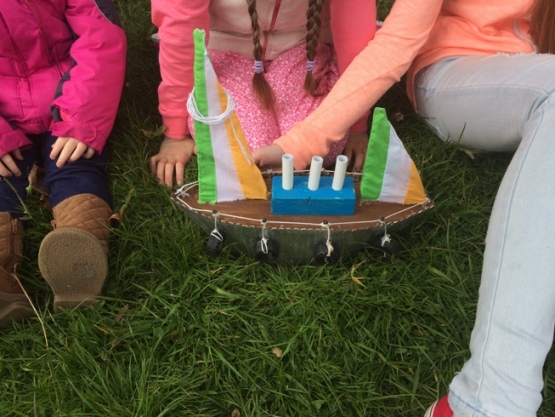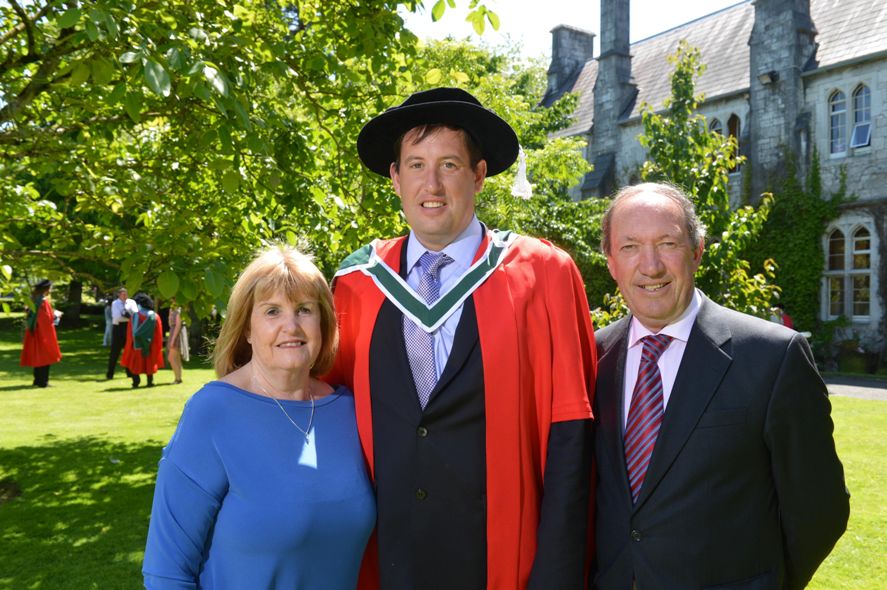Kieran’s Our City, Our Town Article,
Cork Independent, 16 July 2015
Celebrating a Unique Cork Rebel!
This year coincides with the fourth Mother Jones festival and summer school in Shandon and it takes place from Wednesday 29 July until Saturday 1 August (1 August is now known as Mother Jones’ Day in Cork). Dedicated to her memory and to inspirational people everywhere who press for social justice, the festival will comprise over 30 events such as lectures, films, music, singing, poetry, a garden party, several concerts and a play at venues such as The Firkin Crane and the Maldron Hotel. Speakers in 2015 include, Chris Mullin, Fr Peter McVerry, Theo Dorgan, Alannah Hopkin, Leo Keohane, Ann Matthews, Dave Hopper and many more. Music will be provided by Jimmy Crowley, Two Time Polka Richard T Cooke and the Rokk Choir.
Mary Harris was born in Cork in 1837 and was baptised by Fr John O’Mahony in the Cathedral of SS Mary’s & Anne on 1 August of that year. As with thousands of other children on Cork’s north side, she was baptised in the 200 year old baptismal font which is still positioned at the entrance to the North Chapel. Her parents were Ellen Cotter, a native of Inchigeela and Richard Harris from Cork city.
Mary had two brothers, Richard born in 1835 in Inchigeela, and William in 1846, her sisters were Catherine born in 1840, and Ellen in 1845. William later became Dean of St Catherine’s in Toronto and was a noted Catholic author and scholar. The Harris family lived through the Great Famine, which claimed thousands of lives in the slums of Cork City. They then survived the horrors of the coffin ships when the family emigrated to Toronto in the early 1850s.
By 1860, Mary had qualified as a teacher and was teaching in Monroe, Michigan. She later worked as a dressmaker and married George Jones, an iron moulder, and who was a member of the International Iron Moulders Union. They settled in Winchester Street in Memphis, Tennessee. George and Mary had four children, Catherine in 1862, Elizabeth in 1863, Terence in 1865 and Mary in 1867. After living through the American Civil War, tragedy struck the Harris family and George and his young family was wiped out by the yellow fever epidemic in 1867 in Memphis. Mary survived this appalling horror.
Mary went to Chicago where she resumed her dressmaking, established a little business. Again disaster struck when on 9 October 1871 the great fire of Chicago destroyed her premises. Little is known of Mary for a decade or more however it seems that she became very active in the growing Labour movement which was then organising for fair pay and decent working conditions in the factories, mills and mines of a rapidly industrialising North America. It was a time of huge labour ferment with rail strikes in 1877 and the 1886 Haymarket incident in Chicago. Mary’s political and social consciousness led her to support the underdog in society and she got involved into active union activity.
In 1890, the United Mine Workers union was formed; many of the tough union organisers were Irish and Mary too became an organiser. She was nearly sixty years old. As a woman operating in a rough male world of miners and mining pits, she was utterly fearless. She was outspoken and she cut an inspirational figure, being immaculately dressed in her long black dress, bonnet and carrying a handbag amidst the industrial debris of coal pits.
She witnessed the terrible conditions under which thousands of men, women and young children worked. In this decade she helped miners to demand better pay and conditions in Alabama, West Virginia, Colorado and Pennsylvania. She had become known as “Mother Jones” to countless thousands of workers. In 1903, Mother Jones led the March of the Mill Children from Pennsylvania to New York, in which highlighted the exploitation of young children in the mines and factories in America. By then she had become known as “the most dangerous woman in America”. She also organised women workers and she became one of the most famous women in America being front page news for decades as a result of her union activities.
In 1905 Mary was the only woman at the inaugural meeting of the Industrial Workers of the World (Wobblies). She became a confident of James Connolly and was arrested and jailed many times in her quest across America for justice for workers. Her cry of “Pray for the dead and fight like hell for the living” has resonated through the decades. Mother Jones was now in her seventies and remained active in the face of injustice. When she passed away at the age of ninety three in 1930, tens of thousands attended her funeral. Over 50,000 people attended the dedication of her grave memorial on 11 October 1936 at Mount Olive in Illinois.
A Cork Mother Jones Committee unveiled a monument to Mother Jones in 2012, near the famous Bells of Shandon and organised a festival in her honour. Full details of the festival and summer school can be seen at www.motherjonescork.com or phone 0863196063. My thanks to the festival co-ordinator Ger O’Mahony and the festival committee for the information above.
Captions:
801a. Mary Harris/ Mother Jones (source: Robert Shetterly)
801b. Mother Jones plaque Shandon, unveiled in 2012
